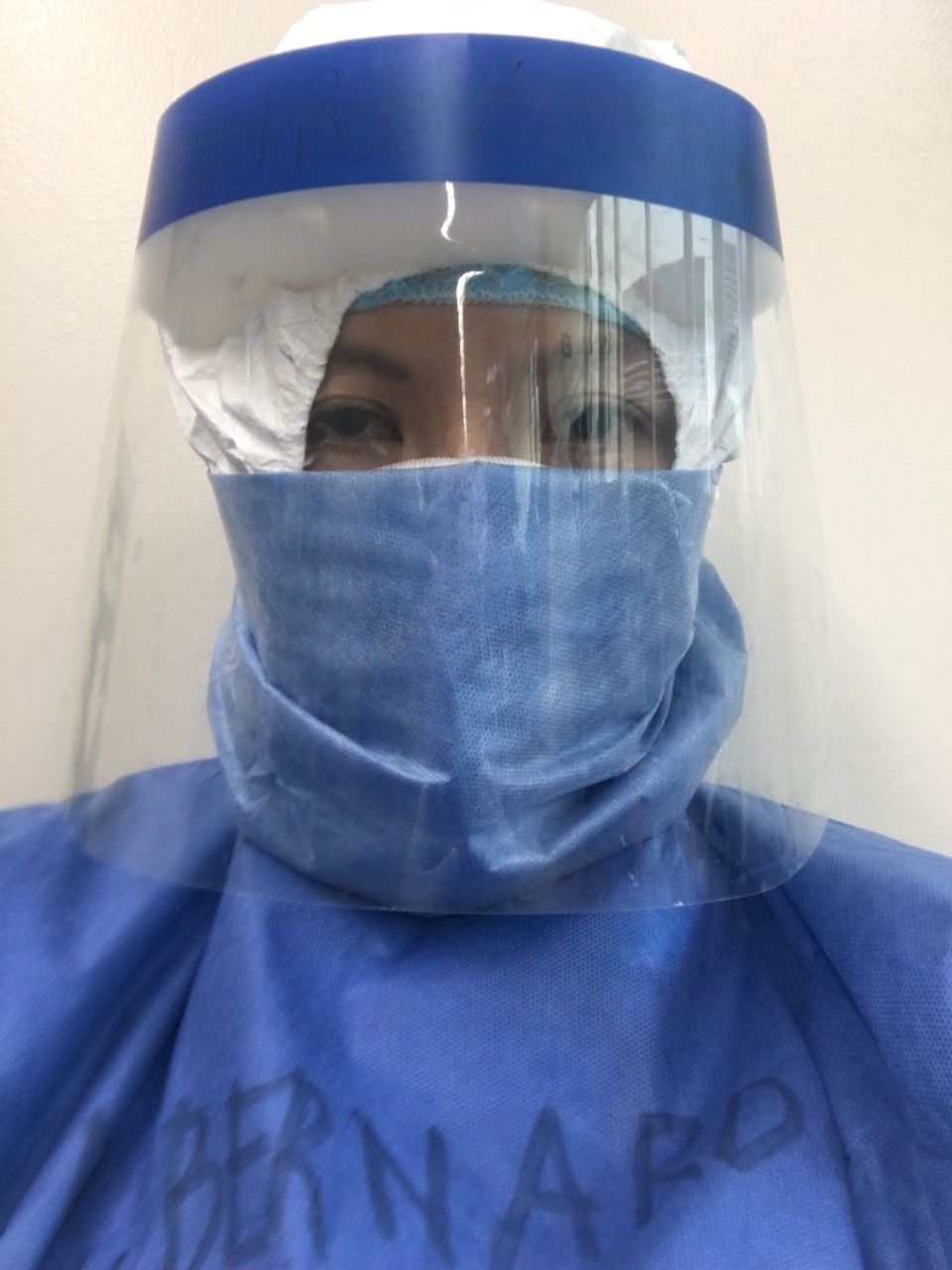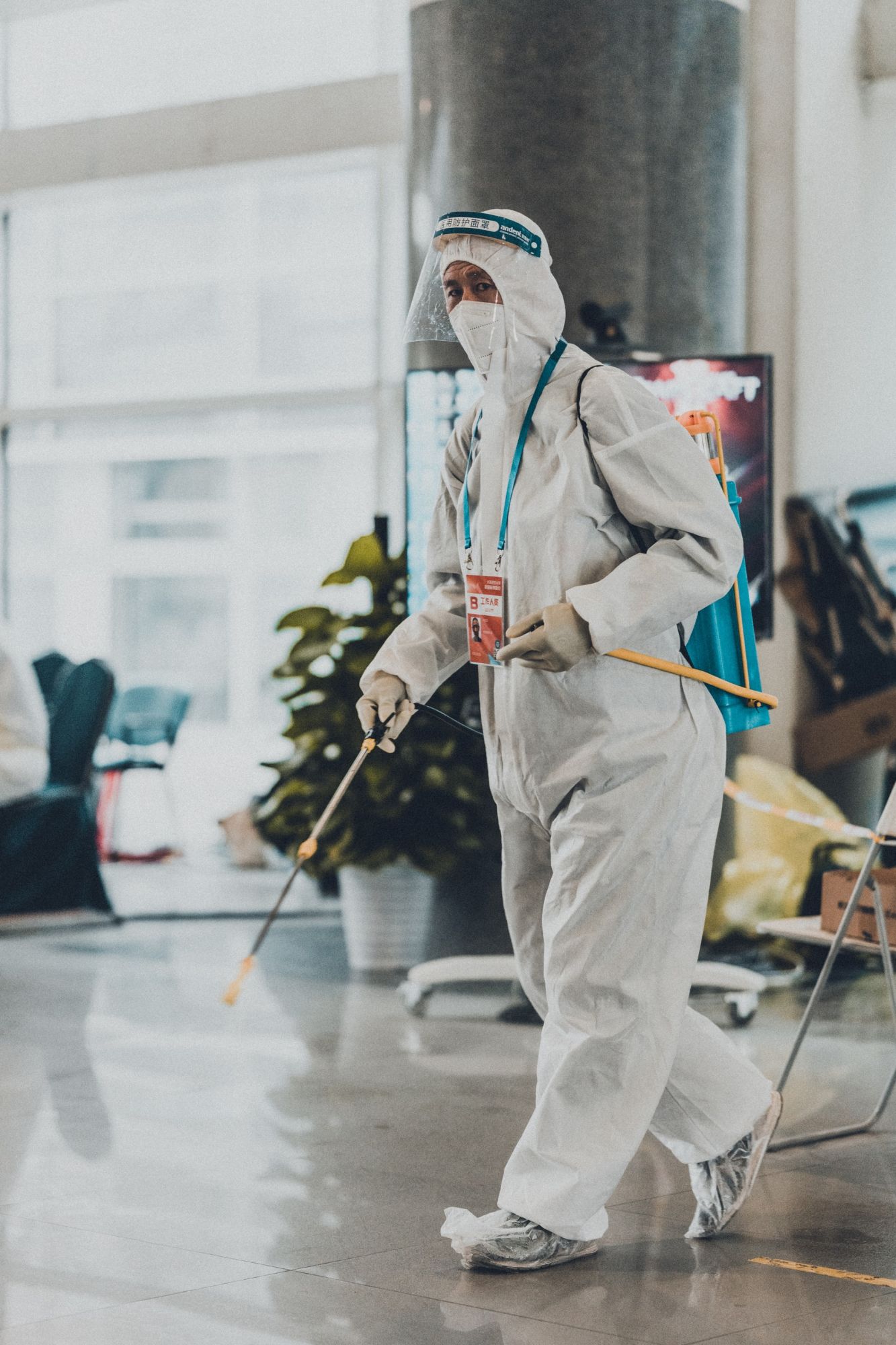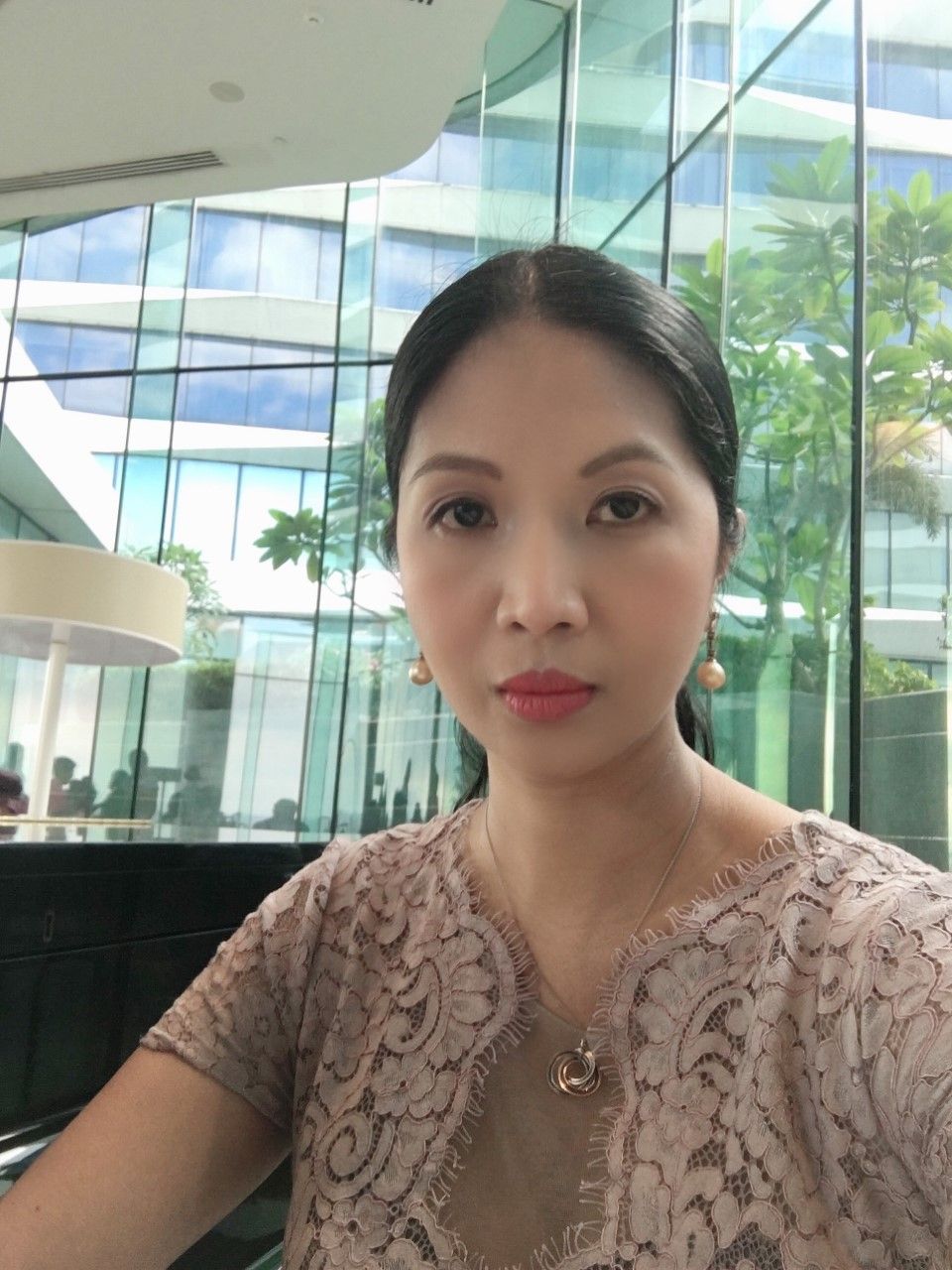Dr. Melissa Bernardo walks us through a day in her life
Dr. Melissa Bernardo is an intensivist with Makati Medical Center (MMC) who has been doing critical care work for over 12 years now. Pre COVID-19, she was not on duty full-time but this unprecedented pandemic has brought a heightened level of urgency and even desperation to both the emergency room (ER) and the intensive care unit (ICU.)
“The sheer number of people needing ICU care is unbelievable; and truly, without trying to exaggerate, it seems apocalyptic” Dr. Bernardo says honestly. She continues saying that the Makati Medical Center ICU is full with the surge of critically ill COVID-19 patients all needing mechanical ventilator support. Most who are admitted into the ICU end up medications to raise their blood pressure and several even need dialysis.
There is a lack of comfort I can give to my patients because I know they can’t see my face [through the goggles, masks and hazmat suits]. I cannot touch their hands without my double gloves. I look into my patients eyes trying to convey hope all the time, even if I'm not entirely sure how they will fair.
Dr. Bernardo’s typical routine revolves around cardiac critical care. Unfortunately, she has become accustomed to dealing directly with the affected patients' emergency contacts and next of kin to explain their predicament since many are critical and unable to communicate themselves, either because of their profound illness or due to sedatives needed to lessen their “air-hunger”. Another factor that makes her routine more challenging, both physically and emotionally, is the literal barrier that her Personal Protective Equipment (PPE) creates.
Doctors are trained to have a certain bed-side manner, a way of calming, soothing and assuring frightened patients. But now, this layer of comfort for admitted patients has been abrasively disrupted. She said that “even between us staff, we can't readily recognise each other. There is a lack of comfort I can give to my patients because I know they can’t see my face [through the googles, masks and hazmat suits]. I cannot touch their hands without my double gloves. I look into my patients eyes trying to convey hope all the time, even if I'm not entirely sure how they will fair.”





